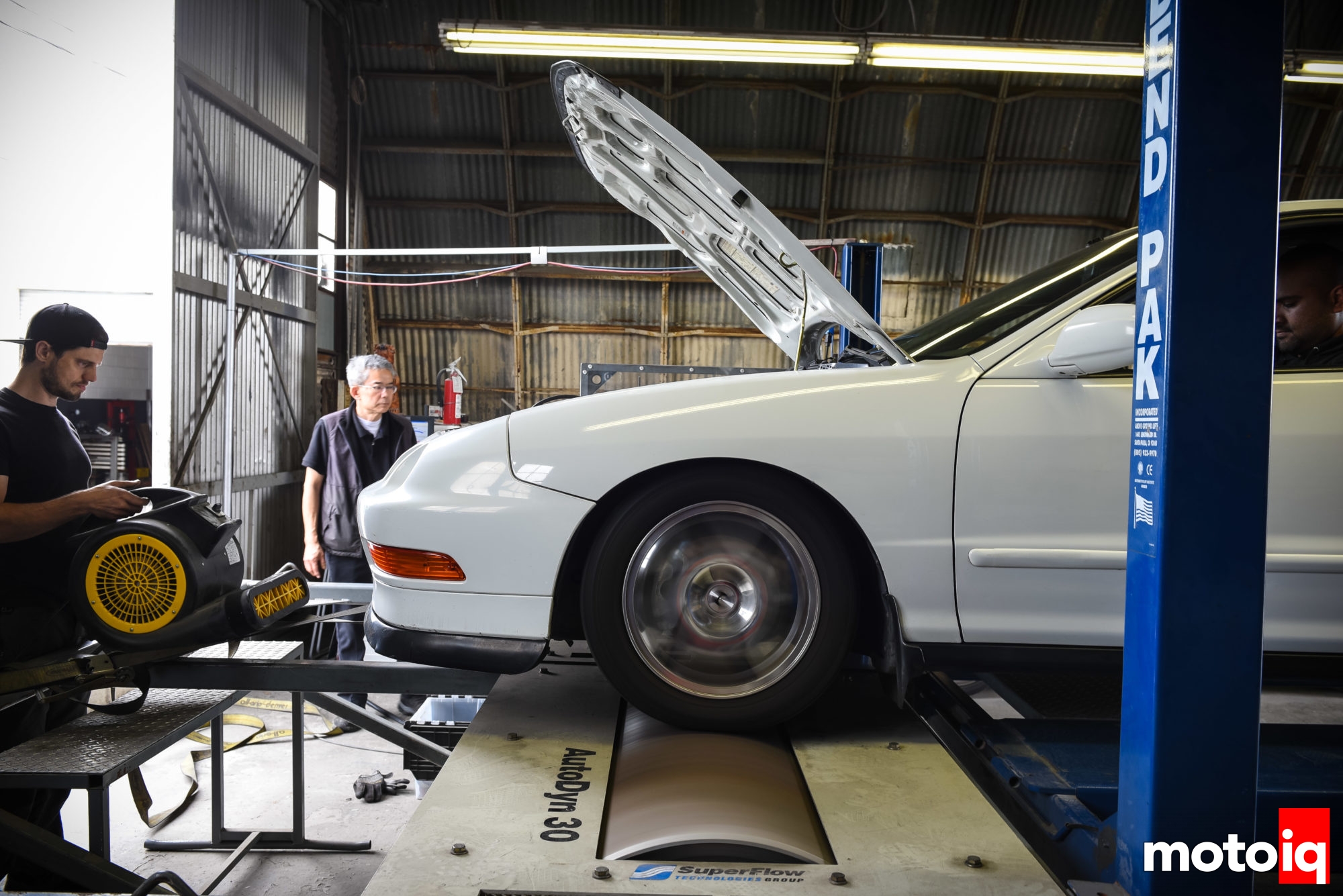
Project DC2 Integra, Testing the Fluidampr Crank Pulley
We have big plans for Project Integra B18C engine. Instead of swapping to a K Series engine to make easy big power, we are going to build up the older but still noteworthy B Series engine that the car comes with. Something that is relatively easy due to this engines huge level of aftermarket support.
As a first step and to lay down a good baseline for our engine we decided to add a Fluidampr harmonic balancer to our engine. Although this might seem like an odd first step, we feel that the Fluidampr will lend itself well to all future mods we might apply to our engine in the future.
We plan to keep our engine naturally aspirated and naturally aspirated means revs and the B18C revs pretty high. For some reason our engine seems to have a super high rev limit, the stock GSR rev limit is supposed to be 8200 rpm but we have accidentally revved our engine to 8800 rpm on the dyno.
Regardless, even 8200 rpm is a pretty high rev limit and with high revs, vibrations can contribute to wear and sometimes a loss of power. Once we build our engine, if we stroke it, it will vibrate more and having a good balancer will become more important.
Read more about Project DC2 Integra!

Fluidamprs technology results in a harmonic balancer that is capable of absorbing much more vibration over a wider rpm range than your typical balancer whose inertia ring is suspended by rubber and fixed in place. The Fluidampr is also amplitude sensitive, the larger the harmonic whip of the crankshaft, the harder it works to attenuate the whip.
The folks at Fluidampr told us that we would probably experience some level of power increase but we were just hoping that we could reduce some of the B18’s vibrations from its inline 4 engine. The Fluidampr is SFI approved for safety as well.

Unlike a conventional damper with elastomers acting as the friction surface between the hub and the inertia ring where the elastomers will break down and wear out, the Fluidampr is maintenance free for life.





